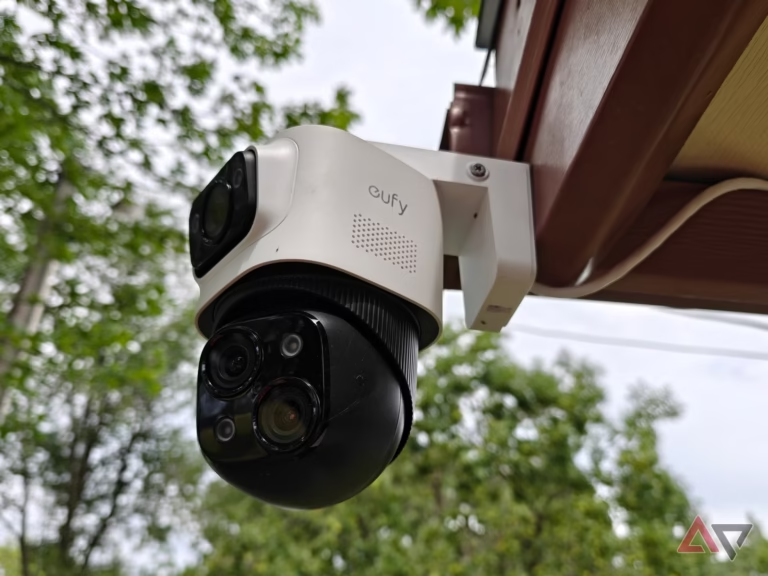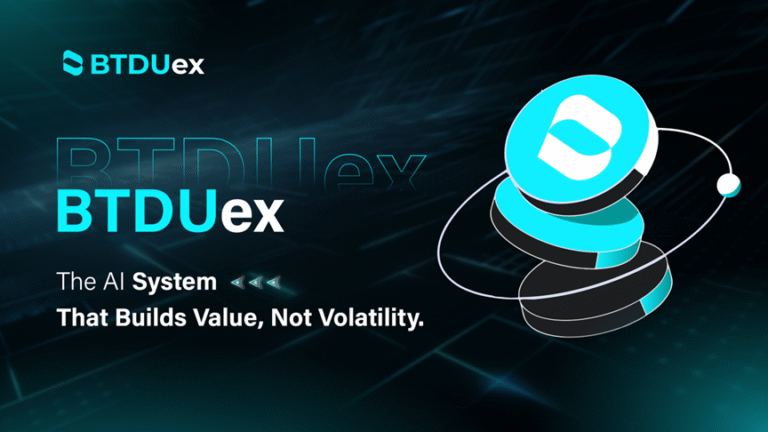Introduction to POS Systems
Retail has always been one of the most dynamic industries, constantly adapting to changing consumer demands, technological advances, and market conditions. At the heart of this transformation lies the point-of-sale, more commonly referred to as POS systems. What was once a simple cash register has now evolved into a powerful digital tool that integrates inventory, customer data, analytics, and even marketing into a single platform. The evolution of POS systems reflects the broader changes in retail, as businesses move toward smarter, faster, and more efficient operations.
The Early Days of POS Systems
The earliest version of POS systems can be traced back to the mechanical cash registers of the late 19th century. These machines were designed to track sales, prevent theft, and keep simple transaction records. Although limited in functionality, they represented the first step in digitizing retail operations. Over time, electronic cash registers became popular, offering more speed and accuracy. These early POS systems could handle basic functions like calculating totals, printing receipts, and storing limited sales data. However, they lacked the integration capabilities that modern retailers demand today.
Transition to Digital POS Systems
The real shift came in the 1970s and 1980s when computer-based POS systems began entering the market. These systems were more than just registers—they could connect with databases to manage inventory and sales records. Large retail chains started adopting these technologies to streamline operations and maintain consistency across multiple locations. During this period, barcodes and scanners were introduced, significantly speeding up the checkout process. By automating product recognition, these POS systems minimized errors and allowed retailers to track sales with unprecedented accuracy.
The Role of POS Systems in the 1990s and 2000s
By the 1990s, POS systems were no longer just about processing payments. They became central hubs for retail management. Retailers began using POS software to manage stock levels, generate sales reports, and analyze customer behavior. Customer loyalty programs were integrated into POS systems, allowing businesses to track repeat buyers and offer targeted promotions. The early 2000s saw further advancements with the rise of internet connectivity. Cloud technology slowly began influencing retail operations, laying the groundwork for the cloud-based POS systems we know today. These systems enabled data storage and retrieval without the limitations of physical servers, offering greater flexibility for businesses.
Cloud-Based POS Systems and Their Impact
Cloud-based POS systems revolutionized the retail industry by providing accessibility, scalability, and real-time data analysis. Instead of relying on a fixed server, retailers could now access their business information from anywhere. Updates and upgrades were easier to implement, reducing downtime and IT costs. Cloud technology also allowed small and medium-sized businesses to adopt sophisticated POS systems without the need for massive investments in infrastructure. With mobile integration, retailers could process transactions from tablets and smartphones, giving rise to mobile POS solutions. This flexibility transformed not only traditional stores but also food trucks, pop-up shops, and service-based businesses.
POS Systems and the Rise of Omnichannel Retail
Modern consumers expect seamless shopping experiences across physical stores, e-commerce platforms, and mobile apps. POS systems play a crucial role in enabling this omnichannel retail model. By integrating with online platforms, POS systems help businesses synchronize inventory, sales, and customer data across multiple channels. This ensures that customers enjoy consistent experiences whether they shop in-store or online. Features such as click-and-collect, real-time stock updates, and personalized recommendations are all powered by advanced POS systems. Retailers benefit from having a unified view of their operations, which leads to better decision-making and customer satisfaction.
Advanced Features of Modern POS Systems
Today’s POS systems go far beyond basic sales processing. They are designed with advanced features that support nearly every aspect of retail operations. Inventory management is one of the most significant benefits, allowing businesses to monitor stock levels, track reorder points, and even predict future demand through analytics. Customer relationship management (CRM) tools integrated into POS systems enable personalized marketing campaigns and loyalty rewards. Analytics and reporting features provide insights into sales trends, employee performance, and overall business growth. Additionally, integration with accounting and supply chain systems creates a seamless flow of data across business departments.
Mobile and Contactless POS Systems
The demand for speed, convenience, and safety has given rise to mobile and contactless POS systems. Smartphones and tablets equipped with POS software allow retailers to serve customers from anywhere in the store, reducing checkout lines and improving service efficiency. Contactless payment options, such as NFC and digital wallets, are now standard in many modern POS systems. These technologies gained significant traction during the COVID-19 pandemic, as consumers sought touch-free, hygienic methods of completing transactions. Retailers that adopted mobile and contactless POS systems not only improved customer satisfaction but also boosted their ability to handle higher transaction volumes efficiently.
Artificial Intelligence and POS Systems
Artificial intelligence (AI) is another transformative force in the evolution of POS systems. AI-powered analytics can predict customer preferences, optimize pricing strategies, and identify buying patterns. Some POS systems use machine learning to suggest upselling or cross-selling opportunities during transactions. Chatbots and AI-driven customer support are also being integrated, offering real-time assistance to both customers and staff. Fraud detection and security have improved as AI algorithms monitor transaction data for suspicious activities. With AI, POS systems are no longer just transactional tools—they are becoming intelligent assistants for retailers.
Future Trends in POS Systems
The future of POS systems will likely be defined by greater integration, automation, and personalization. As technology continues to advance, POS systems will become more interconnected with IoT devices, wearable technology, and advanced payment methods like cryptocurrency. Virtual reality (VR) and augmented reality (AR) could also play a role in enhancing the retail experience, with POS systems at the core of these innovations. Retailers will focus on leveraging data from POS systems to create hyper-personalized shopping journeys for customers. Furthermore, sustainability will influence POS development, with eco-friendly digital receipts and energy-efficient hardware becoming more widespread.
Conclusion
The journey of POS systems from mechanical registers to advanced cloud-based and AI-driven platforms illustrates how technology has shaped the retail industry. No longer limited to handling payments, modern POS systems integrate critical business functions such as inventory management, customer engagement, and data analysis. As consumer expectations grow and technology evolves, POS systems will remain central to how retailers innovate and stay competitive. Businesses that invest in modern POS solutions are not only improving efficiency but also building stronger connections with their customers, ensuring long-term success in a fast-changing retail landscape.


















